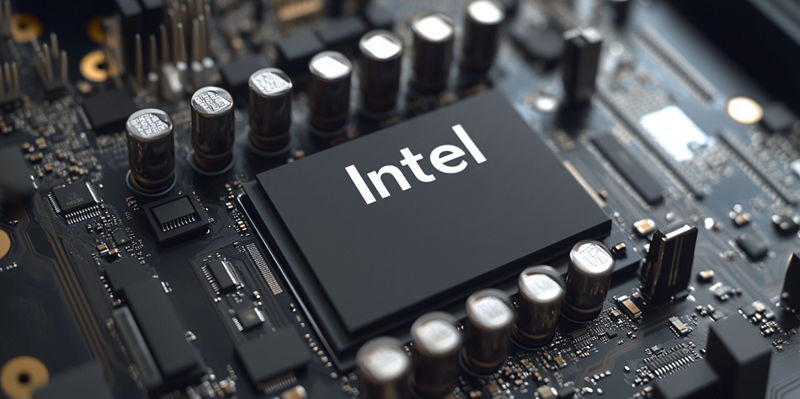In a highly anticipated move, Intel has confirmed the debut of its next-gen Arc "Battlemage" GPU lineup, scheduled to be officially showcased on December 3. This announcement has set the tech world abuzz, especially given Intel’s burgeoning endeavors in the graphics arena. The upcoming GPUs, primarily the Arc B580 and B570 models, signify a substantial leap forward in Intel’s graphics technology, hinting at the company’s firm commitment to carving a niche in the competitive GPU market traditionally dominated by NVIDIA and AMD.
The Arc B580 is the flagship model of the new lineup, designed to capture attention in the mid-tier market. It boasts an impressive range of features including 160 Compute Units (CUs), equivalent to around 20 Xe Cores, alongside 12 GB of GDDR6 VRAM on a 192-bit memory bus. This setup suggests that the Arc B580 is poised to deliver robust performance for gamers and content creators alike. With a maximum boost clock of 2.8 GHz, powered by dual 8-pin connectors, it promises efficiency and power in equal measure. The projected price range of $250-$260 makes it an enticing option for consumers seeking high-end capabilities without breaking the bank. Integral to its performance are the Intel Xe2-HPG Architecture, Intel Xe Super Sampling (XeSS), and Intel Xe Matrix Extensions (XMX), each contributing to the GPU’s formidable prowess.
Anticipated Performance of Arc B570
Although details about the Arc B570 model remain sparse, speculation abounds regarding its capabilities. It is anticipated to offer performance akin to the B580, with potential variations in Xe core counts distinguishing the two models. Intel’s initial plan comprises launching only two SKUs; however, the tech giant may consider expanding the lineup based on market reception and consumer feedback. Market-wise, the Arc B570 could potentially address a broader audience seeking a balance of performance and cost-efficiency. Furthermore, Intel’s strategic decision to release a "Limited Edition" version of the B580 indicates a targeted approach to brand-building and customer engagement, ensuring that early reviews spotlight the capabilities and strengths of their latest offerings.
The excitement surrounding Intel’s new GPUs also underscores the company’s evolving strategy to solidify its presence in the desktop GPU market. Once reliant on integrated graphics for most of its history, Intel has increasingly focused on discrete GPU technologies. The Arc "Battlemage" series exemplifies this shift and reflects Intel’s broader ambitions to offer high-performance graphical solutions that rival leading players. Analysts suggest that Intel’s persistent innovation in the GPU domain could spur further advancements in the industry, promising greater competition and more options for consumers in the near future.
Market Implications and Future Prospects
Intel has announced that its next-gen Arc "Battlemage" GPU lineup will be showcased on December 3, creating much excitement in the tech world. This eagerly awaited debut underscores Intel’s deepening involvement in the graphics sphere, dominated by NVIDIA and AMD. The new GPUs, especially the Arc B580 and B570 models, represent a significant advancement in Intel’s graphics technology, signaling the company’s determination to establish a presence in the highly competitive GPU market.
The Arc B580 stands as the flagship of the lineup, targeting the mid-tier market with its impressive specifications. It features 160 Compute Units (CUs), equivalent to approximately 20 Xe Cores, and 12 GB of GDDR6 VRAM on a 192-bit memory bus. This configuration suggests robust performance capabilities for both gamers and content creators. With a maximum boost clock of 2.8 GHz and powered by dual 8-pin connectors, it aims to balance efficiency and power. Priced between $250 and $260, it offers high-end features without a steep price. Integral to its performance are Intel Xe2-HPG Architecture, Intel Xe Super Sampling (XeSS), and Intel Xe Matrix Extensions (XMX), ensuring impressive capability and performance.

